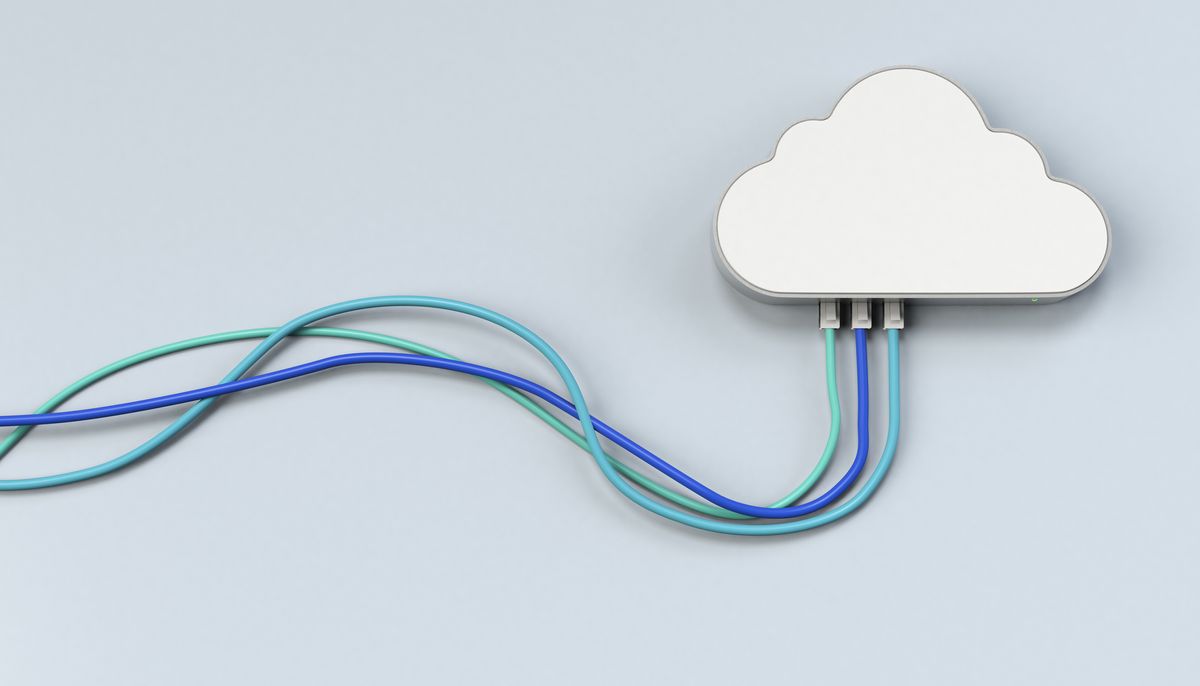Cloud computing to become utility computing ... but not yet
We talk about cloud as the new commodity, a new sort of utlity but there's some way to go yet

“Pretty soon I may need a new job title if you look at what is happening to cloud.”
That was the opening gambit tabled by SAP’s VP of strategy for cloud and on-demand solutions Sven Denecken when I met him at the firm’s UK customer forum earlier this month.
Denecken insists that SAP’s cloud strategy has not changed, but that the nature of cloud computing consumption is changing as it becomes more clearly regarded as a piece of “commodity computing” in every sense.
What he means by "commodity" is that point at which we come to regard cloud as an accepted element of business, rather than part of some major strategic shift in IT strategy.
“Mobile first software application development is now an accepted first and the same will follow for cloud,” said Denecken.
His “new job title” comment is either a smart way to get journalists to list his whole SAP job designation (we merely jest, he’s a nice guy), or it speaks of some wider perception shift in the cloud model.
Cloud Pride
Cloud Pro Newsletter
Stay up to date with the latest news and analysis from the world of cloud computing with our twice-weekly newsletter
Are we reaching the “cloud coming out” moment? Is Cloud Pride just around the corner?
Perhaps not quite yet, corporates still (arguably) struggle with understanding the shape of each individual cloud instance. SAP’s HANA enterprise cloud can be managed on the customer’s premise or by SAP - but is it still defined as private cloud (even if it reside at SAP) because it is not multi-tenant.
So every cloud needs its elevator sell or a mini-handbook before we understand what it is and what shape it is.
Whether outward misperceptions exist or not, SAP wants to wrap us in a comfortable cloak of commodity computing comfort by explaining that the HANA enterprise cloud is a managed offering built on the same DNA as its wider data empire.
"When customers want to move up from a point solution with one non-integrated SAP app into a wider total platform play, migration will always be easier," said Denecken.
Let’s be careful though if we start to use the C “commodity” word when we talk about cloud services delivery.
We also see cloud-based application processing and storage capacity being traded over what we might call “availability exchanges” in the sense used by cloud brokers. In these instances the broker might not just supply cloud, but also work to aggregate, integrate and customise two (or more) services together to produce some sort of bespoke value-add service.
In fact, the broker model does not necessarily jar with Denecken’s notion of cloud as a normal business commodity/utility next to power, water and sanitation services.
Cloud computing may not quite the ‘new normal’ or indeed the commodity that the evangelists would have us believe, but it’s close. How close you ask? Two years or eighteen months from now is the prediction.
















